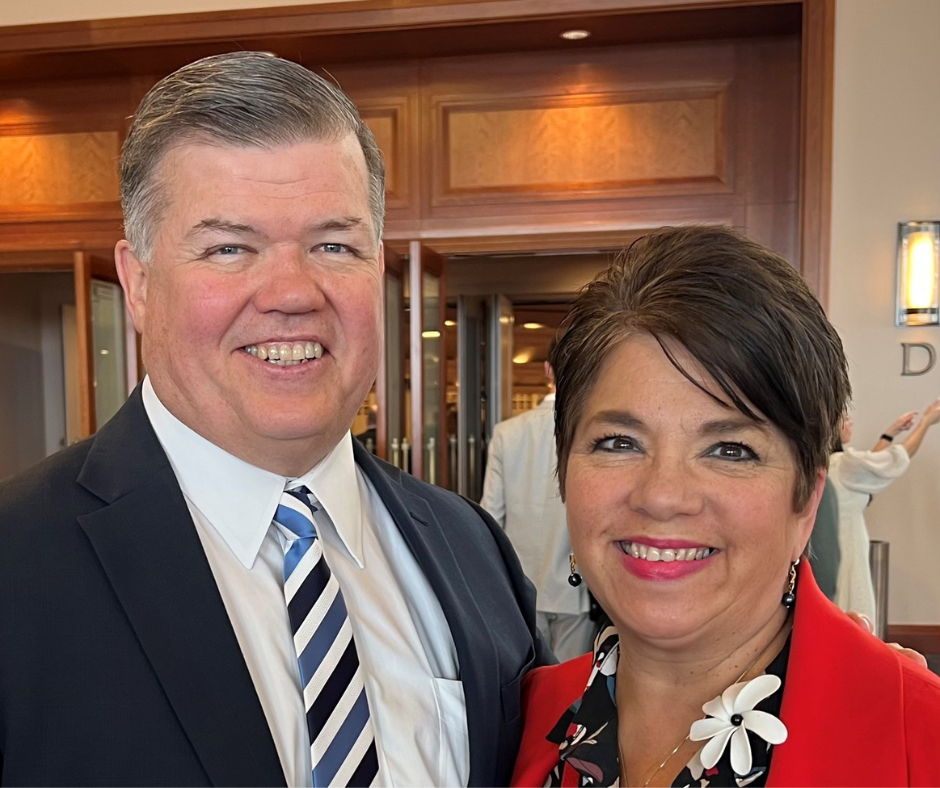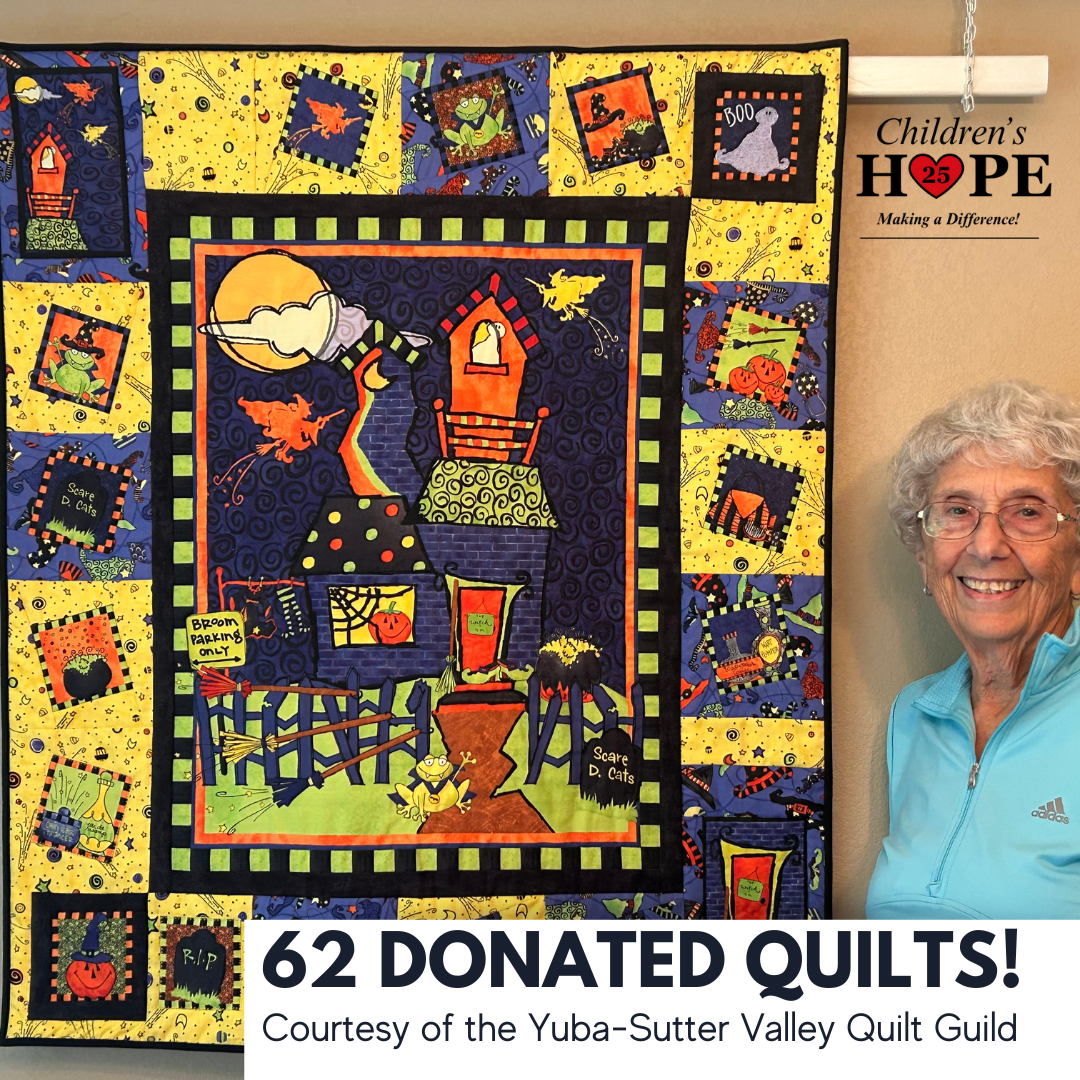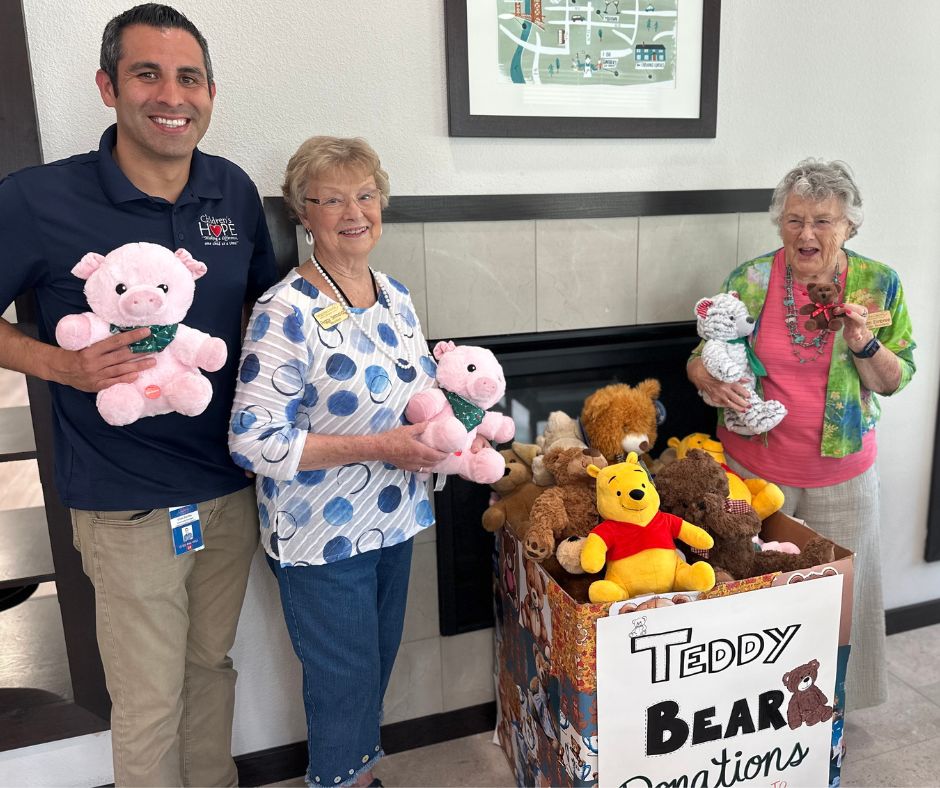The Story Behind Children’s Hope
A Spark Becomes a Mission
Twenty-five years ago, Children’s Hope began with a question—and a leap of faith. At the time, Ben Payne was working as a counselor for group homes when he was approached with the opportunity to start a foster agency. At first, he hesitated. It was a big decision, but with encouragement from his wife, Heather, a registered nurse, the vision for Children’s Hope started to take shape.
The couple shared a deep belief in the potential of young people and the power of compassionate caregiving—and they decided to act on it.
Building Hope, One Family at a Time
With just the two of them in the early days, Ben and Heather set out to recruit resource (foster) parents—kind, everyday people with open hearts and a desire to make a difference. “Resource parents want to help,” Ben explains. “They come from all walks of life. But there’s a goodness in them that brings them to this work.”
What started as a heartfelt mission quickly grew into a vibrant community. Today, Children’s Hope supports over 180 foster homes, serving more than 300 children and youth with the care, stability, and encouragement they need to thrive.
Answering the Call—Literally
In the early years, calls would pour in at all hours—weekends, holidays, late at night. Ben and Heather would often be the ones picking up children in crisis, sometimes with little more than the clothes on their backs. Their commitment was unwavering, driven by a desire to offer children not just safety, but hope.
Looking Ahead with Gratitude
As we celebrate 25 years of service, we honor the thousands of children and families who have been part of this journey—and we look ahead with gratitude and commitment.
Our mission remains the same: to uplift young lives, create safe homes, and build a brighter future for every child who walks through our doors. We believe in Making a Difference.
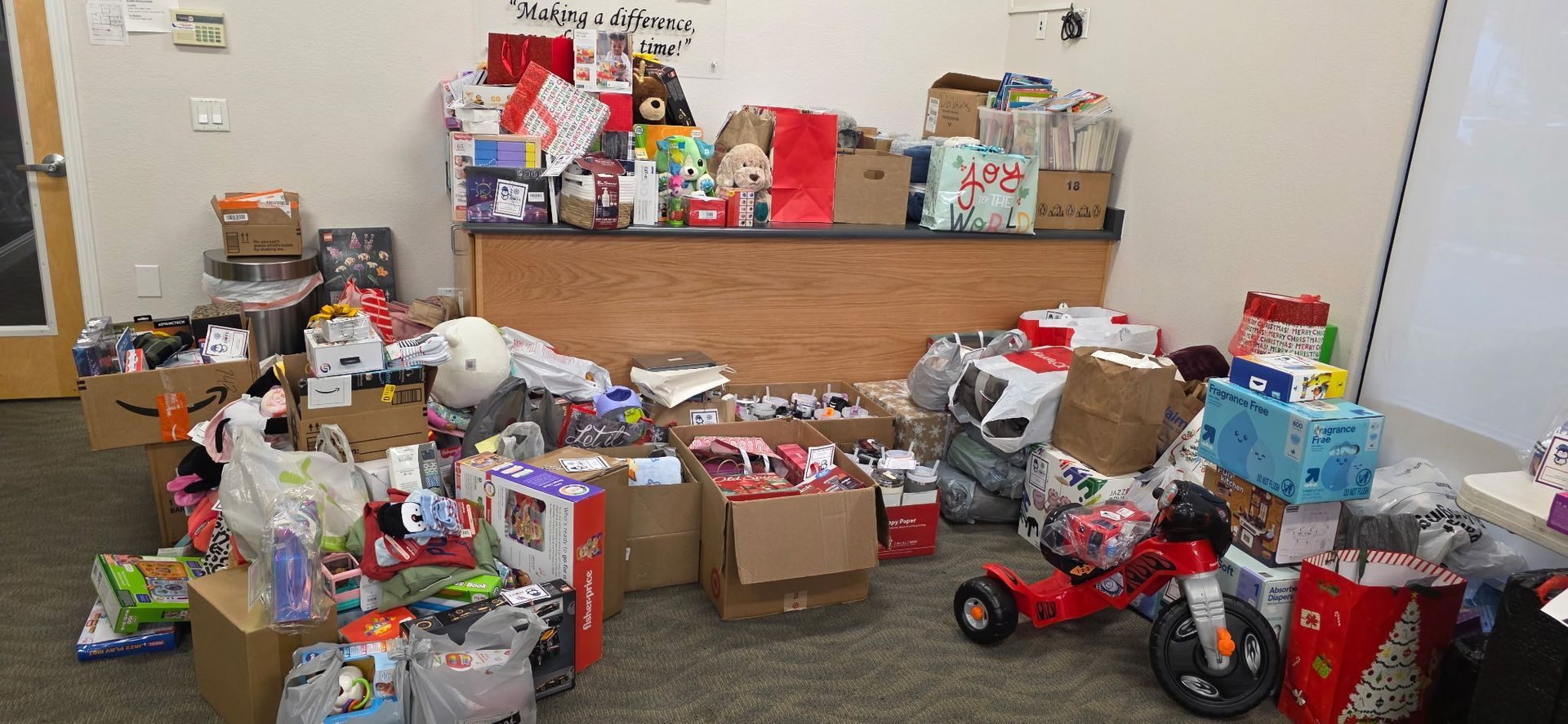
A Season of Giving: How Our Community Brings Christmas Magic to Foster Youth Every December, something extraordinary happens across our community. Small businesses, local shops, bustling offices, and generous neighbors come together with one shared goal: to make Christmas brighter for foster youth. At Children’s Hope, our annual Holiday Tag Drive has become one of the most beloved traditions of the season—a beautiful reminder that kindness can transform a child’s world. How the Tag Drive Works Months before the first snowflake falls or the first ornament is hung, Melanie, our event coordinator, begins the work that brings this project to life. This year, she carefully prepared 850 individual tags , each one representing: A foster child or young adult Their age And a heartfelt holiday wish These tags were then delivered to participating businesses—where employees, customers, families, and friends selected them from beautifully decorated trees, bulletin boards, or front-counter displays. To the children who wrote down their wishes, each tag was a hope. To our community, each tag became a mission of love. Where the Magic Happens When the gifts begin to arrive, the true spirit of the holiday season becomes impossible to miss. Brightly colored bags, shiny wrapping paper, toys, books, cozy clothing, gift cards, and treats fill the room—each one chosen with care. And while the sight feels magical, we want to be clear about something: ✨ It’s not magic. ✨ It is generosity. It is compassion. It is hard work, dedication, and the hearts of people who believe every child deserves to feel special at Christmas. Honoring Our Community Partners This year, Children’s Hope is overflowing with gratitude for the businesses and groups who stepped forward to make wishes come true. To every business that participated, every employee who grabbed a tag, every family who bought a gift, and every partner who helped spread the word— thank you. Your kindness doesn’t just fill stockings. It fills hearts.
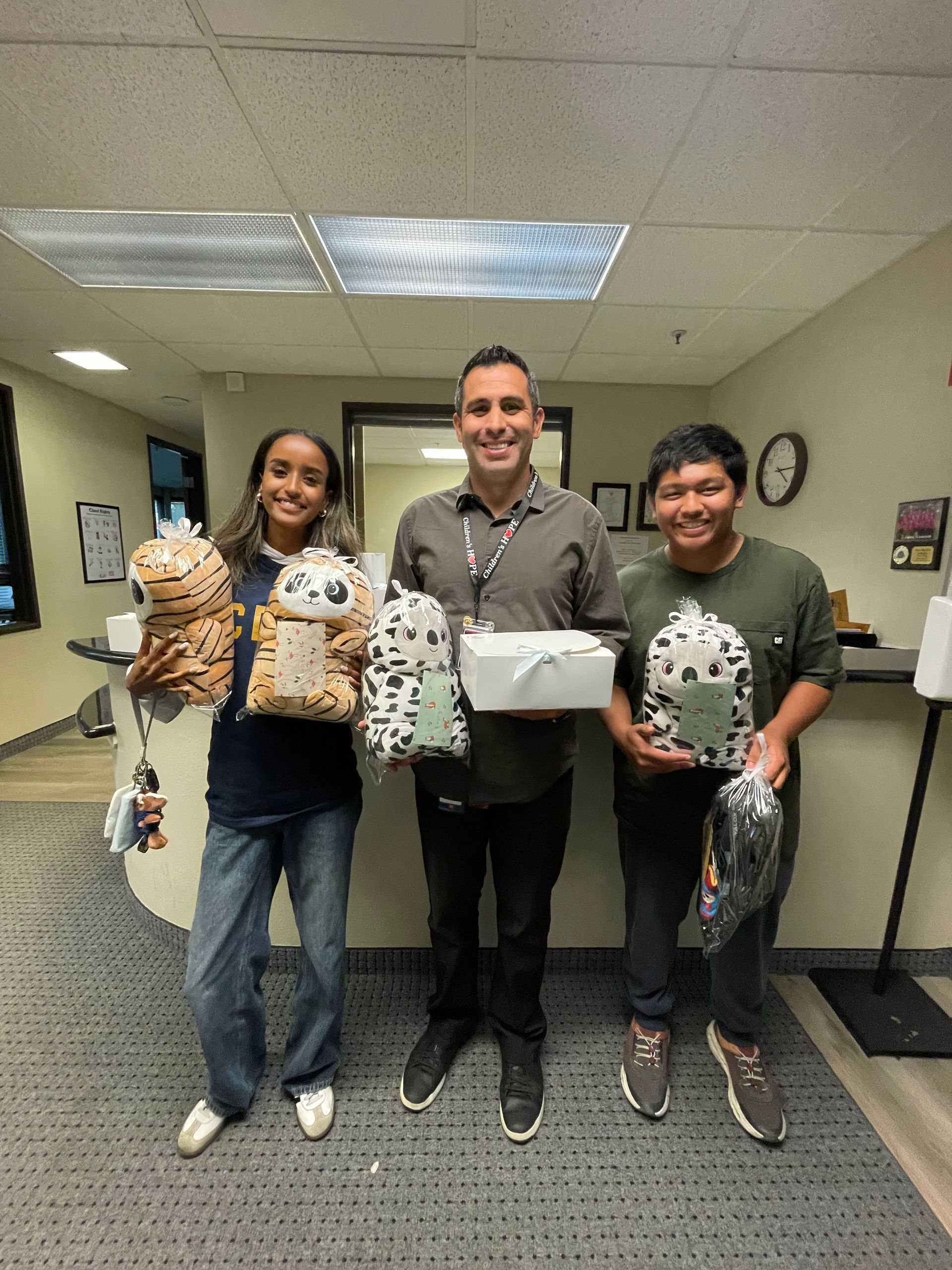
Inspiring Change: How One Roseville Teen Is Empowering Her Peers to Make a Difference At just sixteen years old, Martha, a junior at West Park High School in Roseville, is already leading with purpose and compassion. Inspired by her passion for law, social justice, and community service, Martha saw an opportunity to do something meaningful — not just for herself, but for others. When she noticed that her school didn’t have a club focused on youth empowerment and service, she decided to start one. And just like that, the Next Chapter Initiative was born — a student-led group dedicated to inspiring teens and young adults to take action in their communities. Now, with a board and 13 active members, the group has already made a real difference. Their latest project? Creating Care Kits for Foster Youth , filled with love and essentials for kids in care. Each box includes two to three hygiene items — such as deodorant and soap — along with small toys, fidgets, and hand-written inspirational cards. The students also donated stuffed animals and new shoes, ensuring every individual feels seen and valued. Children’s Hope Social Workers Kyle and Jada recently met with Martha and her fellow student Joshua, a freshman at West Park, to receive the donations on behalf of the youth we serve. Their generosity and empathy are a reminder of how powerful young people can be when they see a need — and decide to fill it. Martha’s vision doesn’t stop here. She hopes to grow the Next Chapter Initiative into a nonprofit organization, empowering even more students to serve their communities and advocate for meaningful change. As the holidays approach, Martha and her team are already planning their next project — possibly collecting toys for foster youth. With leaders like her, the future is in good hands. ✨ Thank you, Martha, Joshua, and the entire Next Chapter Initiative team , for your kindness, creativity, and commitment to making the world a better place — one care kit at a time. Are you interested in supporting the Next Chapter Initiative? Visit their website !

At Children’s Hope, we believe some of life’s most meaningful memories are created around the table — whether it’s a family dinner, a shared holiday treat, or simply gathering in the kitchen together. This fall, Heather Payne, our co-founder, is sharing a special family recipe for homemade caramels. Heather’s kids grew up looking forward to these chewy, buttery caramels every autumn — and she’s even made them for family weddings! While the recipe takes a little patience, the reward is worth every stir of the spoon. (Her family also loves to undercook the caramel slightly to drizzle over popcorn or dip fresh apples.) Now, we’re passing it along to you — with the hope that it brings sweetness and joy to your fall season. Heather’s Family Caramels Ingredients 1 cup butter (2 sticks) 4 cups granulated sugar 2 cups light corn syrup 24 oz evaporated milk (2 cans) 1 teaspoon vanilla extract Instructions Line a 9×13” pan (for thicker caramels) or jelly roll pan with parchment paper, or generously butter it. In a large heavy-bottom saucepan over medium heat, melt butter, sugar, and corn syrup. Stir until the mixture begins to boil (about 5–10 minutes). Gradually add evaporated milk, one can at a time, over 12–15 minutes per can. Stir constantly to maintain a steady boil and prevent curdling. Continue stirring until the mixture reaches firm ball stage (240–245°F on a candy thermometer). To test without a thermometer, drop a spoonful into ice water — it should form a pliable, slightly sticky ball. Remove from heat and stir in vanilla. Pour into prepared pan and refrigerate until firm (several hours or overnight). Cut into squares and, if desired, wrap in wax paper. Tip: For caramel drizzle, remove from heat slightly earlier (before firm ball stage). 💛 From Our Family to Yours At Children’s Hope, we see every day how love and care create lasting memories for children and families. Just like Heather’s caramels — a recipe made with time, patience, and sweetness — the little things we share can make the biggest difference. This season, we invite you to share your favorite fall traditions with the people you love. And as always, thank you for being part of our Children’s Hope family — your support helps us bring hope and warmth to children who need it most.
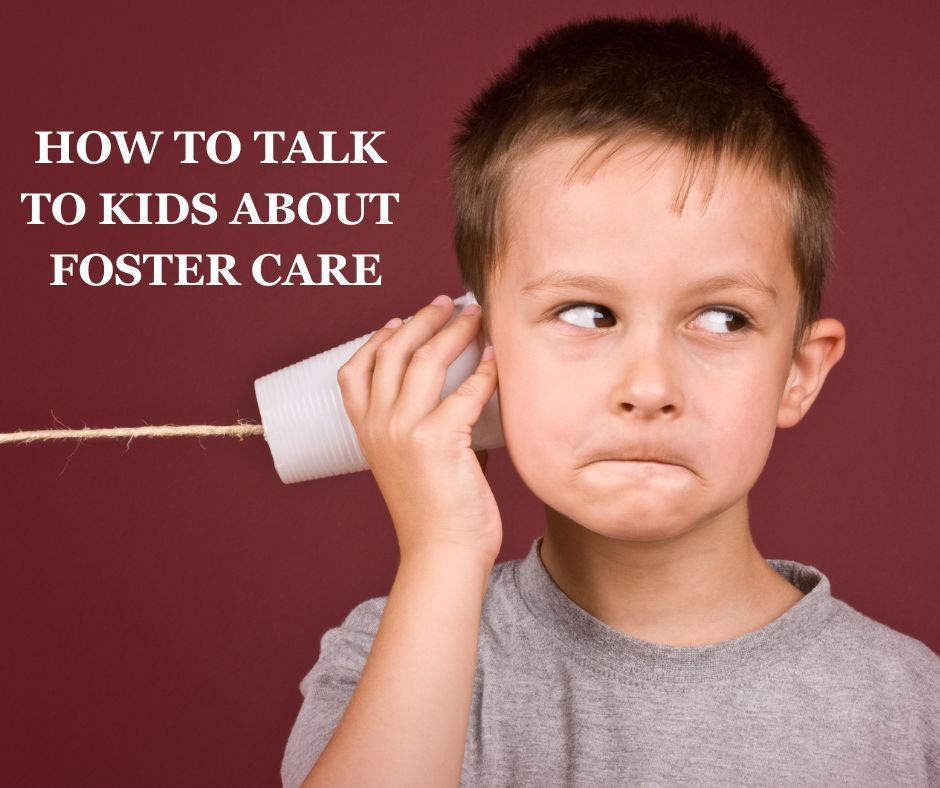
Conversations with our children shape the kind of people they will become. Talking about foster care is one of those moments where honesty, compassion, and courage come together. Your kids don’t need all the answers—but they do need your guidance to understand that every child deserves love and safety. Below are age-appropriate ways to begin these conversations, along with some reminders for us as parents: Raising Compassionate Kids Children notice more than we realize. They see differences, overhear adult conversations, and absorb cues from their environment. When we take time to talk about foster care, we give them language for what they may see or experience. Most importantly, we’re teaching empathy—one of the most valuable gifts we can pass along. For Toddlers At this age, simple is best. Toddlers don’t need the details, but they do understand love and care. You might say: “Some kids don’t live with their families right now. Other people are helping take care of them.” This framing is gentle, age-appropriate, and focused on safety. It reassures toddlers that all children deserve care, while planting early seeds of compassion. For Elementary-Age Kids School-aged kids are ready for a little more context. They can understand the idea of safety and community support. Try explaining: “Foster care helps kids stay safe when their home isn’t safe yet. We can care for them and their families.” This balances honesty with hope. It also reminds children that foster care isn’t just about the child—it’s about supporting entire families as they work toward healing. For Teens Teenagers are ready to grapple with complexity. They know the world isn’t perfect, and they respect it when adults acknowledge that. You might share: “Foster care is complicated. Families are hurting, and the system isn’t perfect. The goal isn’t to have all the answers—it’s to raise kids who care. Let’s talk about what justice and healing look like.” With teens, the key is dialogue. Ask what they think. Encourage questions. Validate their feelings, even if they struggle with the idea that not every child gets the stability they deserve. The Takeaway No matter their age, children need more than facts—they need space to process, ask questions, and build empathy. Talking about foster care may feel brave, but it opens the door to raising kids who see others with compassion and act with kindness. After all, our goal isn’t perfection—it’s connection.

